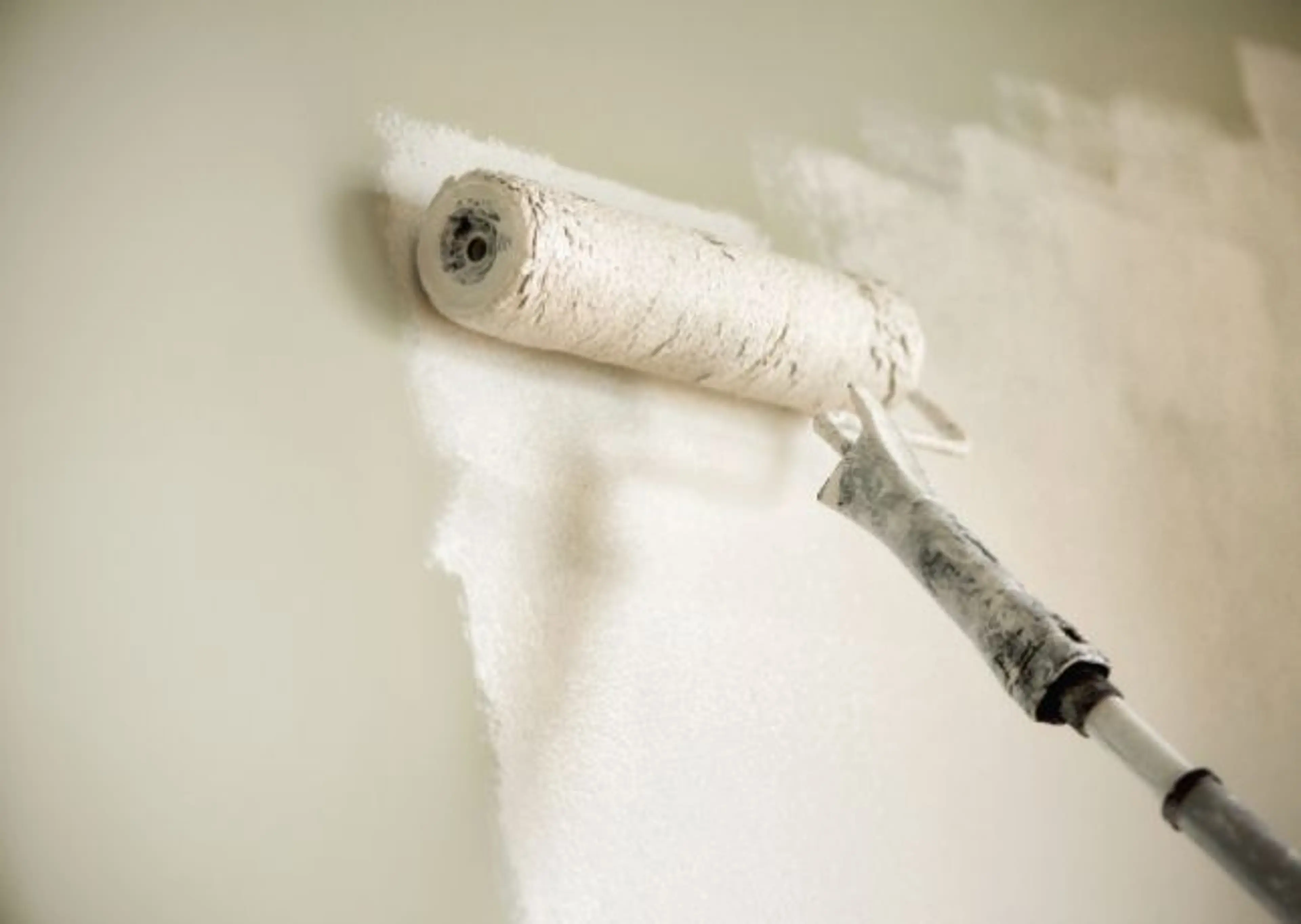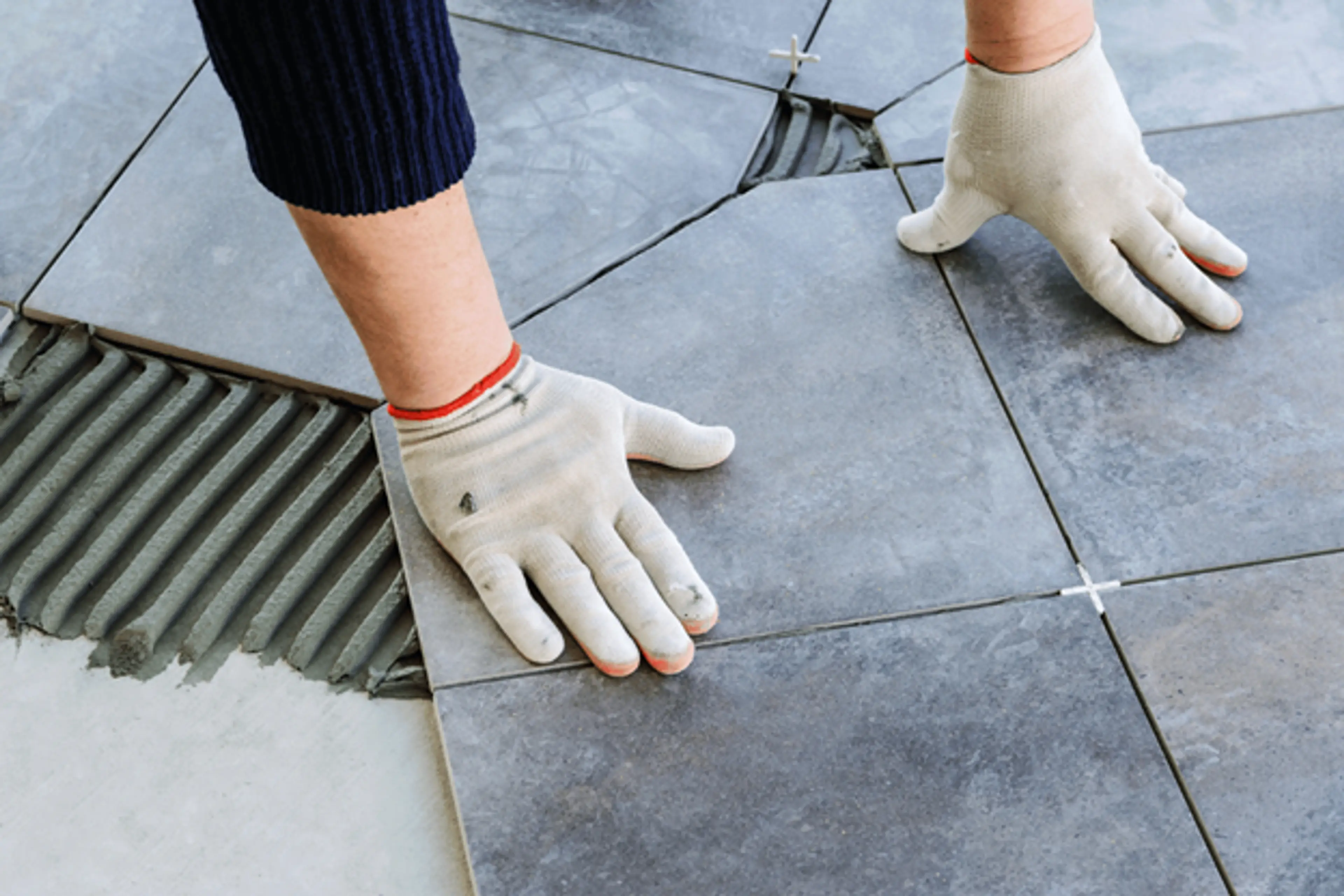Vaigyanik Akshay Kumar

 Sep , 2020
Sep , 2020- Berger Speaks
- 5 Min Read
How do you tell facts from gibberish? From real solutions to jugadu-kaam that somehow always requires constant upkeep and maintenance? Read the blog to find out!
We love the pitter-patter of raindrops on the window but what if we saw them falling right through our ceiling inside our house? It would certainly give us a scare, wouldn’t it? Well, turns out, water has an ability to seep into home walls, and the first signs of this can be noticed only when it is late, causing wall dampness and leakages. Hence, it is always recommended to get your walls waterproofed in the start; since prevention is always better than cure. Like we promised, only science-backed facts, no gibberish here!
Before we get to a scientific approach to waterproofing, let’s understand what really causes wall leakage and seepage:
Wall leakage could occur due to the following:
- Crack in the interior or exterior walls
- Cracks in the terrace or roof
- Damaged or loose tiles
- Growth of plants
Seepage could occur due to the following:
- Long-term exposure to water
- Rain water accumulation
- Presence of natural underground water
- Poor waterproofing at the time of construction
Water seepage causes dampness, efflorescence and even peeling and chipping of the paint. Apart from all of these, the excess moisture in the home interiors has a tendency to attract unwanted viruses and mould and mildew, posing a threat to not just home residents but also the aesthetics.
Why Is The Right Approach To Waterproofing Important?
Waterproofing, when once done correctly, does not require regular maintenance, lasting anywhere between 5 to 10 years. So, why does water still seep in your walls every monsoon, despite of ‘waterproofing’ them just last year?
Unfortunately, it is often observed that homeowners and contractors hire cheap labour and products to get waterproofing done. Alternatives like chuna, chemical treatments, plaster, or a touch of paint can provide temporary solutions but are not long-lasting. Moreover, in most cases, local contractors do not have the necessary tools and expertise regarding waterproofing and end up doling out what we call ‘fake gyaan.’
It is important to fix waterproofing problems with effective long-term wall dampness solutions and roof water damage solutions that have a scientific approach.
It Is Time For ‘Vigyaan.’ No More Fake ‘Gyaan.’
https://www.instagram.com/p/CE4PHh1jOVP/?utm_source=ig_embed&utm_campaign=embed_video_watch_again
To empower our customers by giving them access to the right knowledge so they can tell vigyaan from gyaan, Berger Home Shield has launched a ‘warranty waala waterproofing’ in the Indian market. Its latest campaign features Akshay Kumar donning a never-seen-before avatar!
The TVC takes a cheeky route through casual banter between home owners and the local waterproofing contractor, addressing the temporary solutions and fake ‘gyaan’ associated with home waterproofing that people usually fall for. It draws attention towards Berger Home Shield that is backed by scientific and long-lasting home waterproofing solutions, which makes it the ideal choice for all.
Changing The Waterproofing Game!
Science-backed solutions require the right tools and equipment to offer the best solutions. Since leakages can travel within the wall and ceilings before finally showing up, the team of Berger Home Shield use Moisture Meter that helps detect the right source of trapped moisture. No guessing games! Only thorough assessment.
Depending on the Moisture Meter reading, our team suggests appropriate waterproofing system to treat the problem using the right products and solutions- be it for new or old construction, roof or walls.
In a nutshell, the scientific diagnosis helps evaluate the correct source of damage so that appropriate steps can be taken for wall waterproofing.
If you’re tired of fake gyaan, it is time for the real vigyaan! Call the experts to waterproof your house, SMS HS to 56767 or click here.


